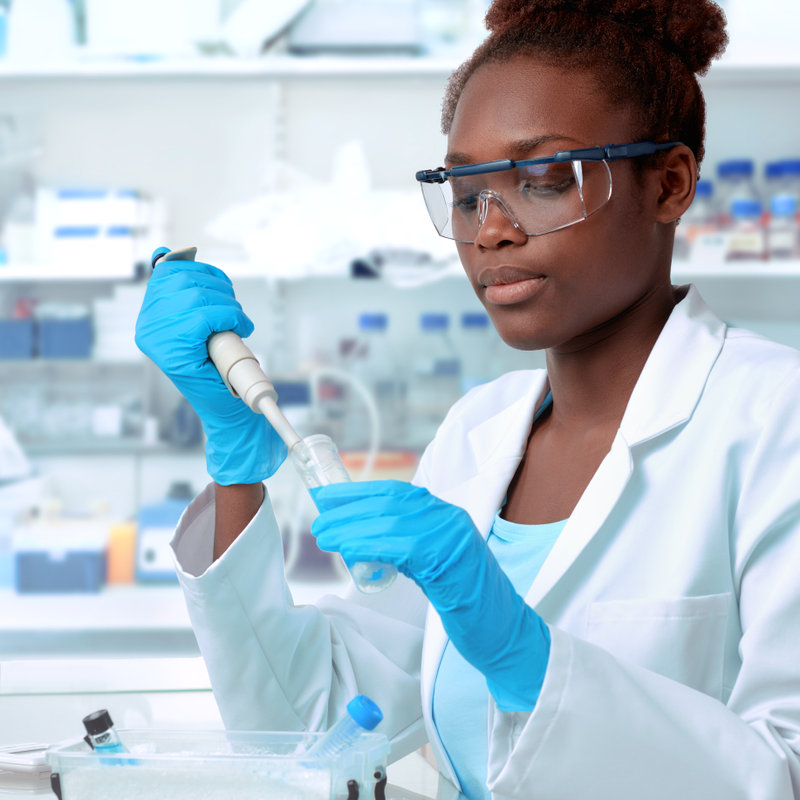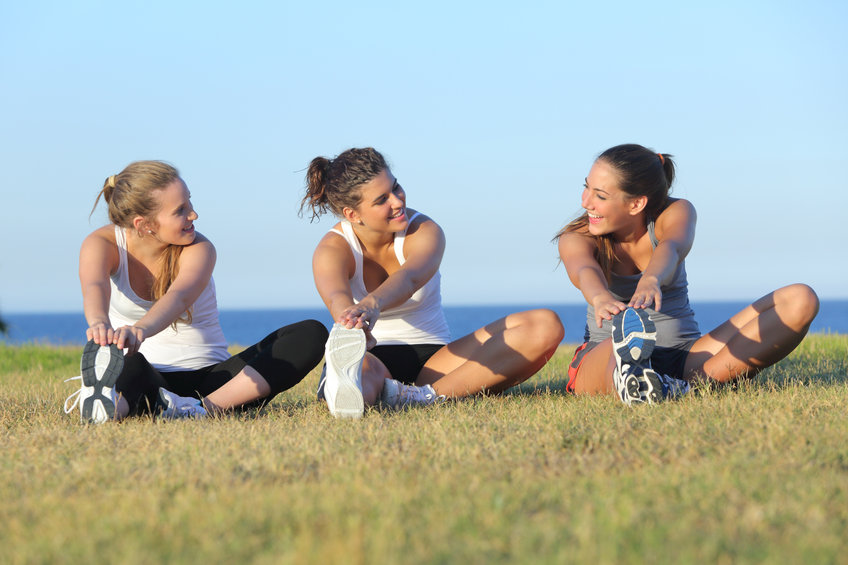Studies into health and wellness continue to shape how we understand the body, its biochemical makeup, and how external influences can affect our wellbeing. While studies around popular theories, for example, how diet and nutrition fight PCOS, continue to evolve and develop our current understanding of health conditions and how to manage them, other studies serve to shake up the industry and encourage further research into their particular results. There is no better example than the recent study published in Nature that investigates the connection between estrogen and exercise (1).
In this article, we share more on the findings and what the results mean for our current and future understanding of the connection between estrogen and exercise.

Studies On Estrogen And Exercise
A famous study dating back to 1924 involving rats provided immense insight into the ways in which a female mammal’s body physically reacts to changes in estrogen levels (2). This particular study highlighted what the health and wellness industry has now recognized, that female mammals are most physically active right before ovulation when they are most sexually receptive. Since then, further studies highlight a link between estrogen levels and the behavior noted in the aforementioned study (3). Investigating this avenue with closer attention to detail, Holly Ingraham, the Herzstein Endowed Professor of Physiology at the University of California, San Francisco, and her colleagues considered how estrogen can affect genetic activity in the brain and this results in a subsequent impact on motion and physical activity. In order to exercise their theories, they performed tests on mice to come to a conclusion.

A famous study dating back to 1924 involving rats provided immense insight into the ways in which a female mammal’s body physically reacts to changes in estrogen levels (2). This particular study highlighted what the health and wellness industry has now recognized, that female mammals are most physically active right before ovulation when they are most sexually receptive. Since then, further studies highlight a link between estrogen levels and the behavior noted in the aforementioned study (3). Investigating this avenue with closer attention to detail, Holly Ingraham, the Herzstein Endowed Professor of Physiology at the University of California, San Francisco, and her colleagues considered how estrogen can affect genetic activity in the brain and this results in a subsequent impact on motion and physical activity. In order to exercise their theories, they performed tests on mice to come to a conclusion.
Sure, these studies involve rodents and there is still plenty of work and research needed to come to conclusive decisions. However, this modern study into the connection between estrogen and exercise serves as a groundbreaking entryway into this particular field of research that will help bridge the gap of our knowledge around this topic.
New Study Report
The recent study involving mice called for the group of scientists to examine the activity of a number of genes in the animals’ brains. What they found was that the animals’ brains that were bathed in estrogen produced additional proteins as opposed to those without estrogen which produced barely any. The gene of particular importance in this study is melanocortin-4, or Mc4r, which has previously been linked with body weight and one’s ability to lose weight (4). The new research proposes that this link is greater than we originally thought. This suggests that this gene plays a significant role in physical activity.
Using high-tech genetic mapping techniques, the scientists were able to assess the real-time activity of estrogen binding to Mc4r genes in neurons particularly responsible for energy expenditure in the mice. It was especially interesting to find that these brain cells were directly linked to other neurons responsible for the speed at which the animals move. In essence, the research suggests that raised levels of estrogen may signal brain cells responsible for encouraging the animals to move.
The next step in the research involved what is known as chemogenetics, a revolutionary technique used to create activity in the neurons that were not responsible for estrogen production (5). Furthermore, the gene-editing CRISPR technology enabled the scientists to explore how an increase in Mc4r activity influenced the animals’ physical activity, of which they noted that the mice were far more physically active for long periods of time (6). Another interesting finding was that even the male mice were more active following increased Mc4r gene activity.
Study Conclusion
In a nutshell, the study suggests that there is some connection between genetics, endocrinology, and neurology with physical activity or movement. Another professor of neuroscience, Dr. Tamas Horvath, claims that the “timing of exercise, to have its most beneficial impact for women, might be fine-tuned by considering the changing hormonal milieu.” Dr. Horvath continues, “Of course, all these observations in mice need to be confirmed to operate in us, humans. However, the fact that this mechanism is found in an ancient part of the brain suggests that it will be applicable for most mammals, including humans.”
Is There A Human Connection Between Estrogen And Exercise?
Dr. Ingraham reflects the sentiments expressed by Dr. Horvath, suggesting that “We assume this circuit is working in humans, too.” This is not to exempt other scientists from exploring, rather encourages the continued exploration of the connection between estrogen and exercise. Furthermore, the study along with newfound research could help us gain a better understanding of why women are less likely to involve themselves in physical activity after menopause. This could also provide a possible solution in the form of estrogen replacement therapy to compensate for estrogen decline, however, there are various health risks and concerns surrounding this type of hormone treatment which it would be wise to clue oneself up about (7).
Supplement Your Health
It may then be wiser to seek alternative and natural estrogen management supplements to sustain physical wellbeing and activity well into old age. Menoprin™ by Approved Science® is a menopause support supplement that contains several core ingredients that help improve libido and reduce fatigue. Chasteberry, for example, is a particularly beneficial natural ingredient that helps balance one’s hormone levels (8). DIM can also help one maintain healthy estrogen levels (9). The combination of these ingredients and several others in this clinically proven and tested formula may help bridge the gap in the connection between low estrogen levels and decreased physical activity.

Looking Towards The Future
What’s more, the study suggests that there may be opportunities to bypass estrogen entirely and deliver new, safe therapies beyond natural and efficacious supplements such as Menoprin™ to support women and the connection between estrogen and exercise. The decision to instead target the Mc4r gene within the body may help circumvent the need for healthy levels of estrogen potentially influencing exercise and the body’s physical activity.
This kind of solution may be years away. However, Paul Ansdel, an exercise physiology lecturer at Northumbria University in England suggests that by exploring “the interrelationship between hormones and physical activity in females, this study has significant implications for human research studying the menstrual cycle and hormonal contraceptives and also menopause.” He continues to say that “We know the importance of exercising in later life for promoting and maintaining health, so the challenge for us now is to understand the best ways to stay active throughout the major hormonal transition that is menopause.”
Your Takeaway On Estrogen And Exercise
The greater understanding that we have around the body, our biochemical makeup, and the effects that external and internal influences have on our wellbeing, the more we can make informed health and wellness decisions. The recent research conducted to assess the connection between estrogen and exercise showcases tremendous growth in our knowledge of how the body works and how to find solutions around decreased physical activity following menopause and other estrogen-affecting conditions. The need for more research and scientific analysis of this is necessary, helping us develop a stronger conclusion regarding the connection between estrogen and exercise.

